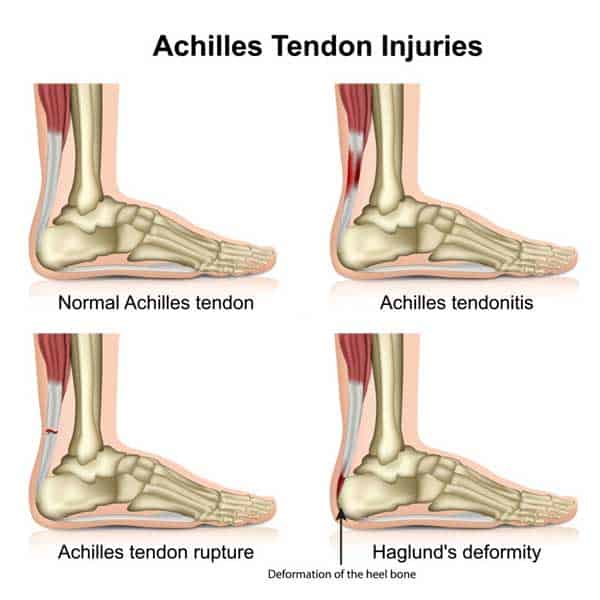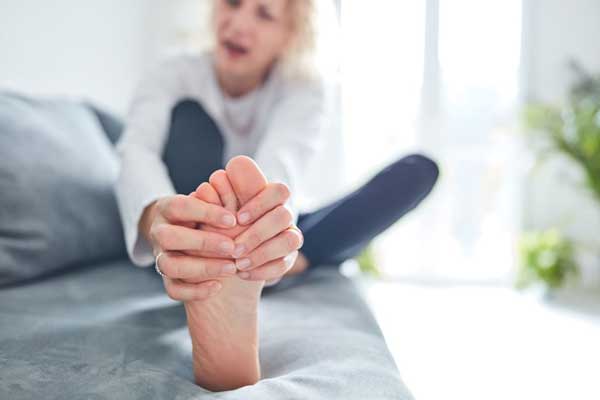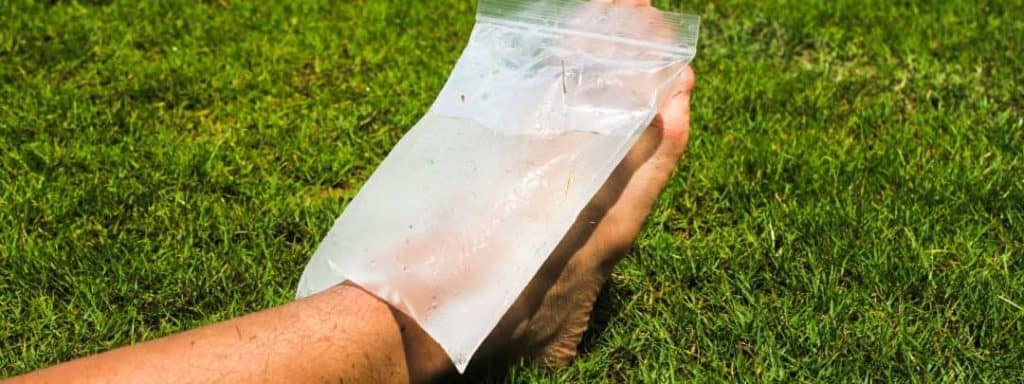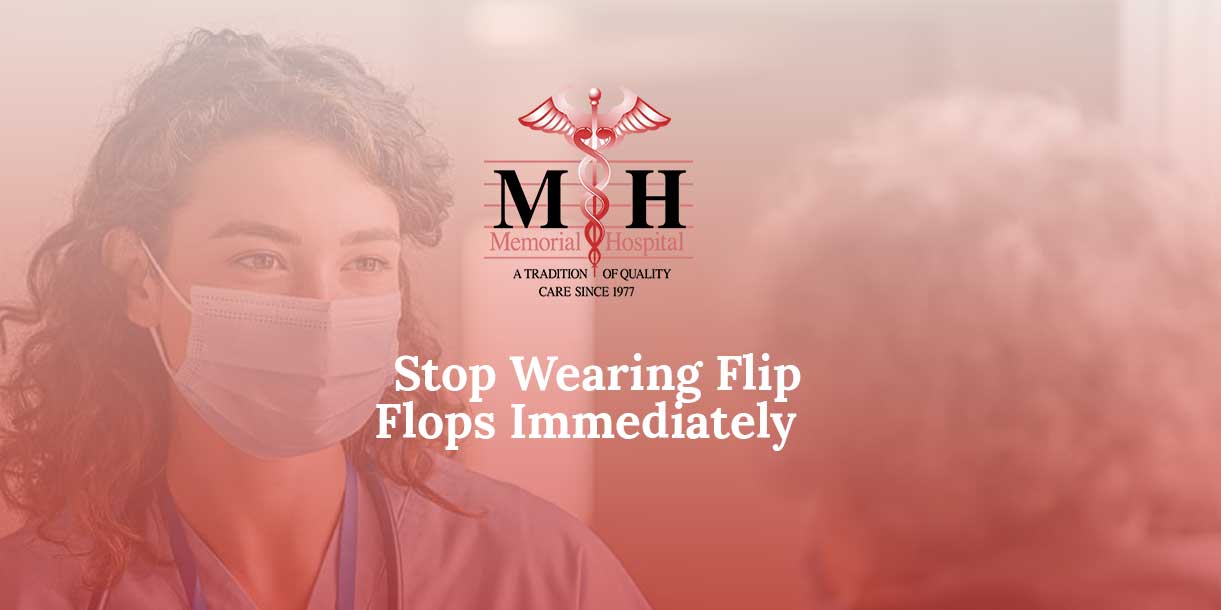Ah, summer– a season full of beaches, lakes, pools, backyard barbecues. The lazy days of summer often find us in comfy clothes, barefoot, or slipping on a pair of flip flops.
But is this summer shoe staple really safe? Here’s a look at three reasons to think about ditching the flip flop.
Flip Flops are Covered in Germs
Germs, germs, everywhere.
Not only do flip flops pick up all kinds of germs (as do most shoes), but they leave your foot completely exposed, making your feet more vulnerable to bacterial, viral, and fungal infections.

This test done by the TODAY show and the University of Miami found 18,000 bacteria making themselves at home on one pair of flip flops. This bacteria included fecal matter, respiratory germs, and Staphylococcus aureus.
The test also examined a pair of flip flops worn into a public restroom in comparison to another pair NOT worn into a public restroom.
The pair worn into the restroom housed 13,900 more bacteria than the other pair.
This is significant not just because of the flip flop, but because of the foot.
The foot is completely exposed when wearing flip flops, so the germs on the flip flop are also much more likely to also be on your foot (than if you were wearing a shoe offering more coverage).
This becomes more than just gross if you have a cut or blister exposed– those viruses, bacteria, and fungi can enter an exposed area like that and cause health problems like bacterial infections.
2. Flip Flops Contribute to Foot Problems

Aside from infections, the feet can experience other conditions completely unrelated to germs.
Wearing flip flops results in scrunching your toes, in order to get a better grip of the flip flop.
This causes your gait to be altered, which can lead to foot pain.
Flip flops also offer very little support which can lead to more serious foot trouble like plantar fasciitis. This condition can lead to sharp pain in the heel or arch, and also cause the arch to eventually flatten out.
Flattened or collapsed arches can lead to Achilles heel pain.
Flip flops not only contribute to this pain but worsen it, as there is little to no support in the heel of a flip flop, putting extra pressure and stress on the Achilles tendon.
The lack of arch support in a flip flop can lead to another foot problem– bunions and hammertoes.
Bunions are caused by ligaments and small bones shifting in your foot– which happens often when wearing flip flops.
Having to curl your toes under to grip the flip flop can lead to hammertoes overtime. Hammertoe is a condition that causes your toes to stay in this curled under position.
3. Flip Flops Are a Known Cause of Pain

Aside from potential foot pain, flip flops can contribute to other pain in the body.
Because we stand and walk on our feet, if our gait is altered or our feet are injured, pain can move upward into the calves, knees, hips, and even the back.
Footwear that doesn’t support your foot can lead to back pain.
Because flip flops cause you to take shorter steps and because you scrunch your toes to try to grip the flip flop, pain can extend upward into the body– from the feet up into the hips and lower back.
Basically, the rest of your body must compensate for the altered gait. This puts added stress on the arch, heel, legs, hip, and lower back.

So, Do You Really Need to Stop Wearing Flip Flops?
Maybe.
For most people, there are some simple suggestions that can keep flip flops in your summer wardrobe.
- look for higher quality flip flops that offer more support, or consider a sturdy sandal instead
- don’t wear flip flops when walking long distances, opt for something more supportive
- reserve flip flop wear for short walks to the pool, lake, or beach
- don’t touch your feet or flip flops– wash feet thoroughly after wear in order to reduce exposure to bacteria, etc.
- remove your flip flops before you walk around your home
If you’re simply walking around the pool or going somewhere a lot of walking isn’t involved, flip flops may be a fine choice.
Otherwise, footwear offering more stability is a better choice.










